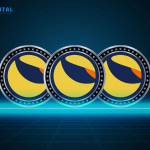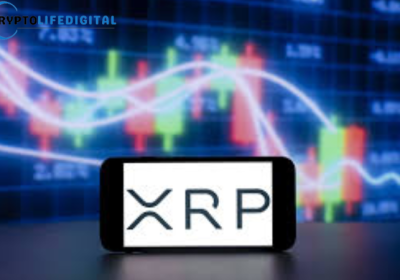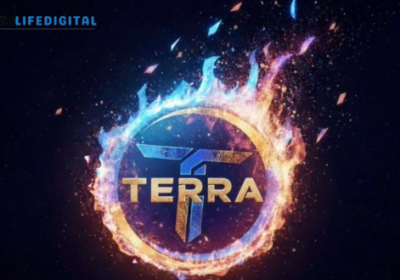Easy Guide: Understanding Market Cap vs FDV for Luna Classic

When exploring the Terra Luna Classic ecosystem, you may have noticed two key metrics that often appear side by side — Market Cap and FDV (Fully Diluted Valuation). These numbers may look similar, but they represent very different things. Understanding the difference between them is essential for anyone who wants to analyze LUNC’s true value and potential in the market.
Read Also: Trump Signals Financial Shift as XRP Infrastructure Rises
What Is Market Cap?
Market Cap, short for Market Capitalization, is the total value of all circulating LUNC tokens currently in the market. It is calculated by multiplying the current price per token by the number of tokens currently circulating.
For example, if LUNC is priced at 0.0001 and there are 5.5 trillion tokens in circulation, the Market Cap would be 550 million. This figure represents the real-time value of tokens actively traded or held by investors — it reflects how much the market currently values the project.
Market Cap helps investors compare LUNC to other cryptocurrencies, showing whether it is undervalued or overvalued relative to its peers.
What Is FDV (Fully Diluted Valuation)?
FDV, or Fully Diluted Valuation, represents what LUNC’s Market Cap would be if all possible tokens were in circulation. It is calculated by multiplying the current price by the maximum supply of tokens that could ever exist.
In simple terms, FDV assumes that every single token — including those not yet released or burned — is available in the market. This helps investors estimate the project’s potential future value once all tokens are fully unlocked.
Read Also: LUNC: Rebuilding the Narrative Through the Power of Community and Marketing
For instance, if LUNC’s total supply is capped at 6.8 trillion tokens, and its current price remains at 0.0001, the FDV would be 680 million.
Why the Difference Matters
The difference between Market Cap and FDV gives insights into the project’s tokenomics and inflation potential. A large gap between the two means many tokens are yet to enter circulation, which could dilute value in the future. In the case of LUNC, however, the ongoing burns are actively reducing supply — closing the gap between Market Cap and FDV over time.
The Bottom Line
Understanding Market Cap and FDV helps investors see the bigger picture. For Terra Luna Classic, the community-driven burn mechanisms and deflationary model make FDV less intimidating than in inflationary projects. As supply continues to shrink, LUNC’s Market Cap may better reflect its true potential — one burn, one block, and one milestone at a time.
Follow us on Facebook, Telegram, and Google News.

Dr. Olajide Samuel juggles the demands of medical studies with a passion for cryptocurrency. A seasoned blogger, Olajide shares his vast global knowledge of the crypto space, offering insights to enthusiasts. Despite his busy schedule, his commitment to crypto remains strong, and he actively seeks ways to contribute to its future.









